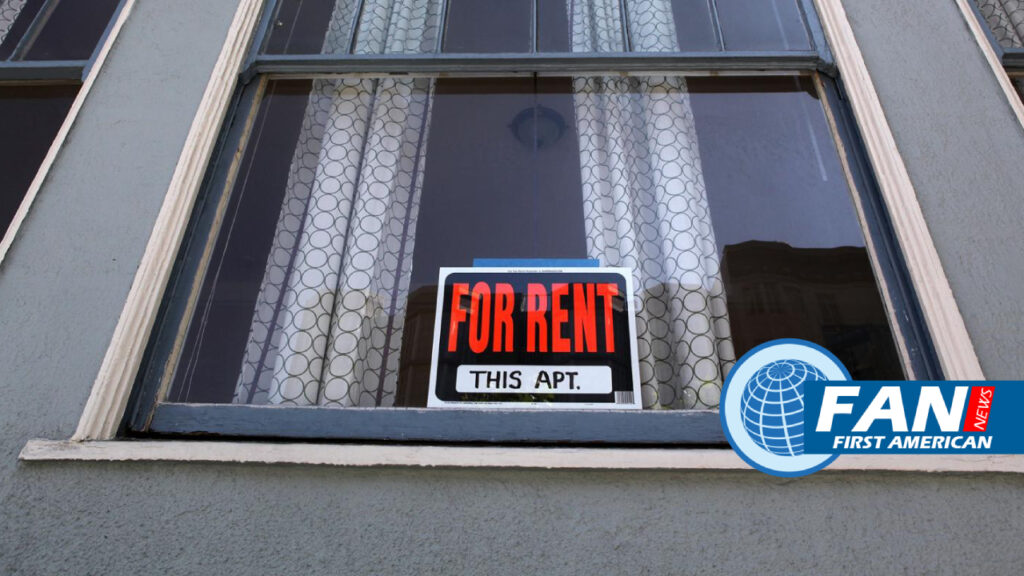Economy
US Rent Inflation Seems To Be Slowing Down According the Federal Government
The new Federal Reserve index is intended to capture changes in rental markets without the usual lag, so housing cooling data should be reflected in official inflation data next year.
The new indicator was created by the Bureau of Labor Statistics and researchers at the Federal Reserve Bank of Cleveland. This one is based only on the leases of recent movers and compared to another one that measures the average rents of all tenants.
+Two measures of housing costs in the US
+Indicator based on new tenants suggests a cooler housing market will soon appear in official inflation data

Get unlimited news access to the entire library, podcast, WSJ, and NY Times
The new renter’s index results this month are falling rapidly, from a peak of around 12%. The researchers found that their new renter’s data tends to lead the BLS housing measures in the consumer price index by about a year, while for the all renters measure, the gap is about a quarter indicates the NY Times.
There is usually a long lag before real-time market conditions appear in the numbers, due to how official data is captured, said Tim Wallace from the WSJ. That may leave policymakers at the Fed and elsewhere flying a bit blind when it comes to housing costs, which are the largest component of the CPI basket.
For that reason, Joseph Politano of Apricitas Economics said the new index created by the Fed and BLS teams “could be the most important new inflation indicator” right now.
The data for the entire rental market or just that for new tenants give us very different figures. The former covers the financial experience of a much broader range of people, while the latter is better at capturing the latest changes in market prices. This creates a debate among researchers about which number they should use.

